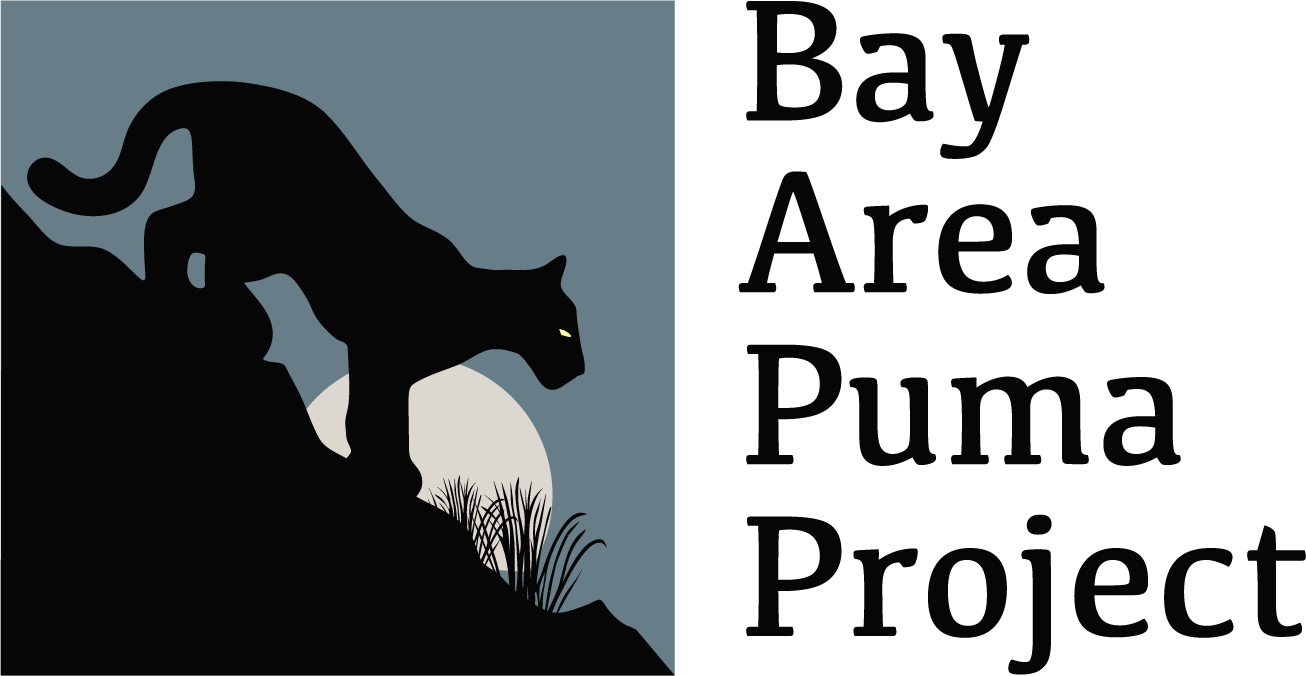Publications
Pumas Puma concolor as ecological brokers:
a review of their biotic relationships
; 18 January 2022
The puma Puma concolor is the fourth largest wild felid and the most widespread native terrestrial mammal of the Americas. We synthesised published literature documenting the biotic interactions...
Impacts of biodiversity and biodiversity loss on zoonotic diseases
; 18 February 2021
Zoonotic diseases are infectious diseases of humans caused by pathogens that are shared between humans and other vertebrate animals. Previously, pristine natural areas with high biodiversity were seen...
A deepening understanding of animal culture suggests lessons for conservation
; 24 March 2021
A key goal of conservation is to protect biodiversity by supporting the long-term persistence of viable, natural populations of wild species. Conservation practice has long been guided...
Effects of human-altered landscapes on a reintroduced ungulate:
Patterns of habitat selection at the rangeland-wildland interface
; 21 March 2021
Successful species reintroductions require land managers to balance the goal of viable wildlife populations with potential risks to human enterprise. Such risks are particularly acute at the wildland-...
Pairing long-term population monitoring and wildlife crossing structure interaction data to evaluate road mitigation effectiveness
; 14 March 2021
Roads negatively affect wildlife populations directly as a source of mortality and indirectly through habitat fragmentation, restricted movement, and altered habitat use. Wildlife crossing structures and roadside fencing...
COVID-19 pandemic impacts on conservation research, management, and public engagement in US national parks
; 16 February 2021
The COVID-19 pandemic has disrupted the timing and substance of conservation research, management, and public engagement in protected areas around the world. This disruption is evident in...
Conflict, coexistence, or both? Cougar habitat selection, prey composition, and mortality in a multiple-use landscape
; 30 November 2020
Western North America is experiencing remarkable human population growth and land-use change. Irrigation and associated cultivation have led to colonization of urban-wildland interface (UWI) environments by...
Predictors of puma occupancy indicate prey vulnerability is more important than prey availability in a highly fragmented landscape
; 2020
Habitat fragmentation represents the single greatest conservation challenge of the 21st century. This problem is particularly acute for large, obligate carnivores like pumas Puma concolor which...
Effects of land-use change and prey abundance on the body condition of an obligate carnivore at the wildland-urban interface
; August 27 2019
Land-use change represents a primary driver of carnivore population declines, yet some large carnivore species have acclimated and persist within anthropogenically altered landscapes. Previous attention has been...
Roadkill Distribution at the Wildland‐Urban Interface
; 10 April 2019
The growing wildland‐urban interface is a frontier of human‐wildlife conflict worldwide. Where natural and developed areas meet, there is potential for negative interactions between humans and...
Urban wildlife use of existing highway crossings and access points
; Submitted 20 March 2019
Roads and traffic are a significant source of mortality for many wildlife species and compromise habitat integrity. Despite widespread recognition that maintaining or restoring wildlife population connectivity is...
Big Cats in Our Backyards:
Persistence of Large Carnivores in a Human Dominated Landscape in India
; March 6, 2013
Protected areas are extremely important for the long term viability of biodiversity in a densely populated country like India where land is a scarce resource. However, protected areas...
Get Involved In Puma Preservation
Do you want to help preserve our local ecosystem for future generations? We need your help! Our volunteers are the lifeblood of our organization. We need all sorts of skills: from tech savvy folks to those willing to hike. If you want to be part of change, volunteer today!
